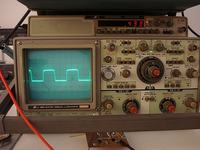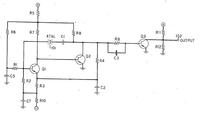neazoi
Advanced Member level 6
hello I need a schematic of a crystal controlled square wave oscillator at about 10-14MHz using discrete components only (not IC)
All the oscillator schematics I find are sine wave...
All the oscillator schematics I find are sine wave...

